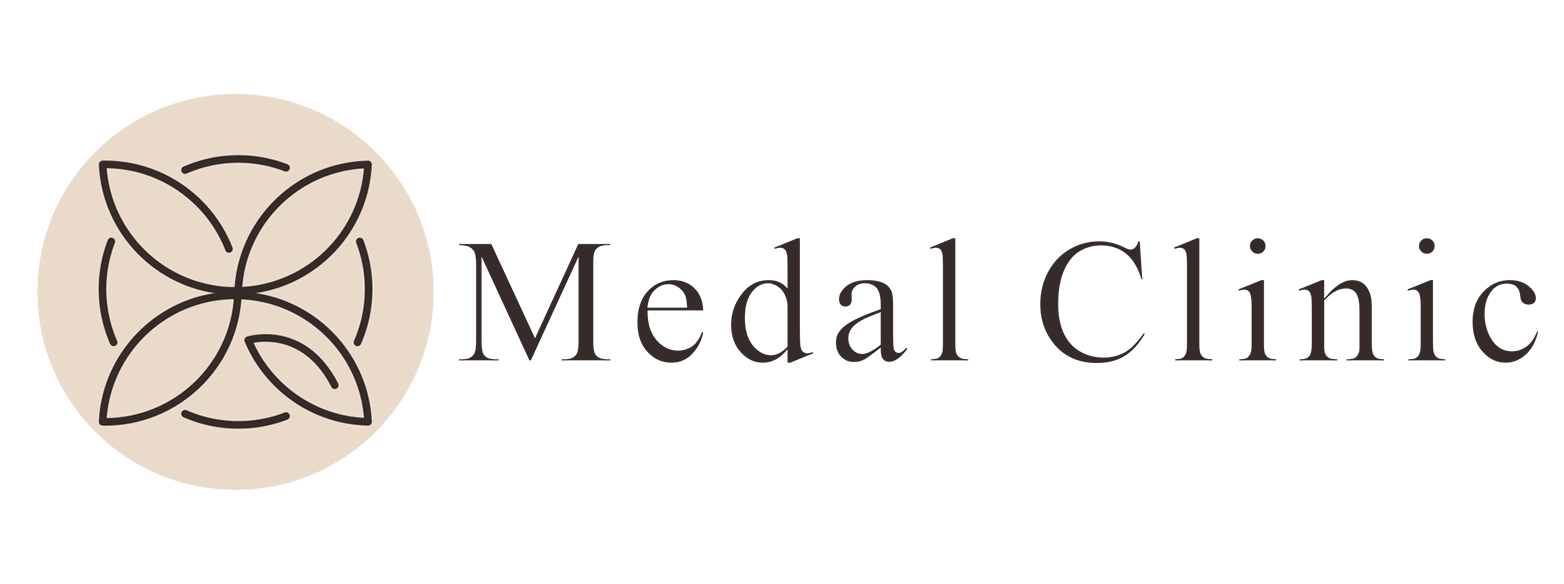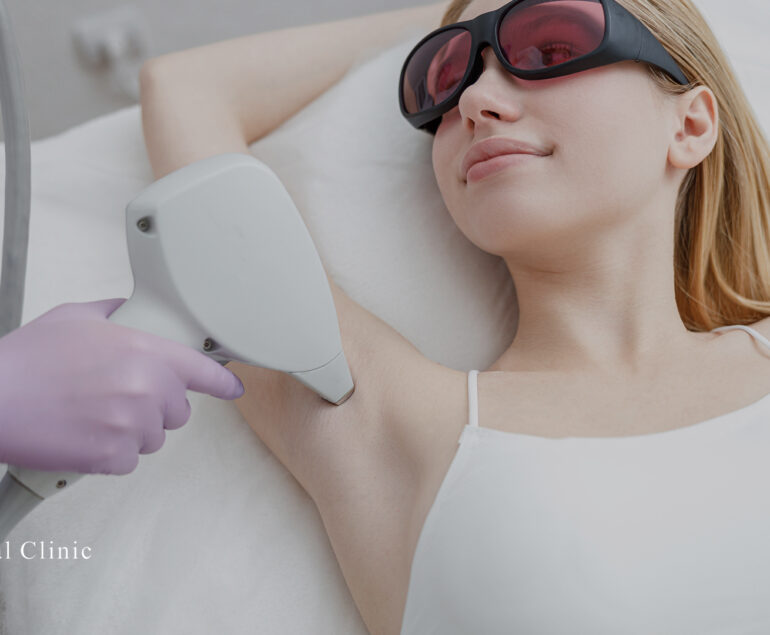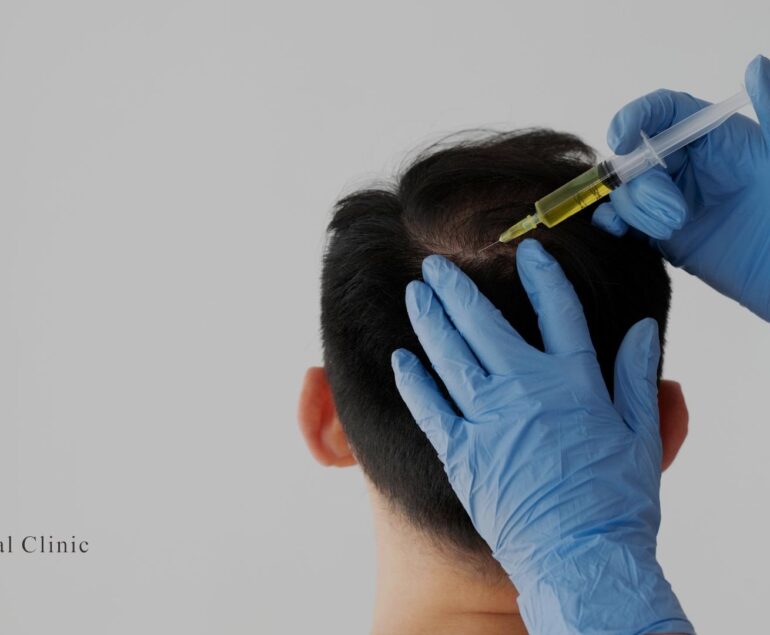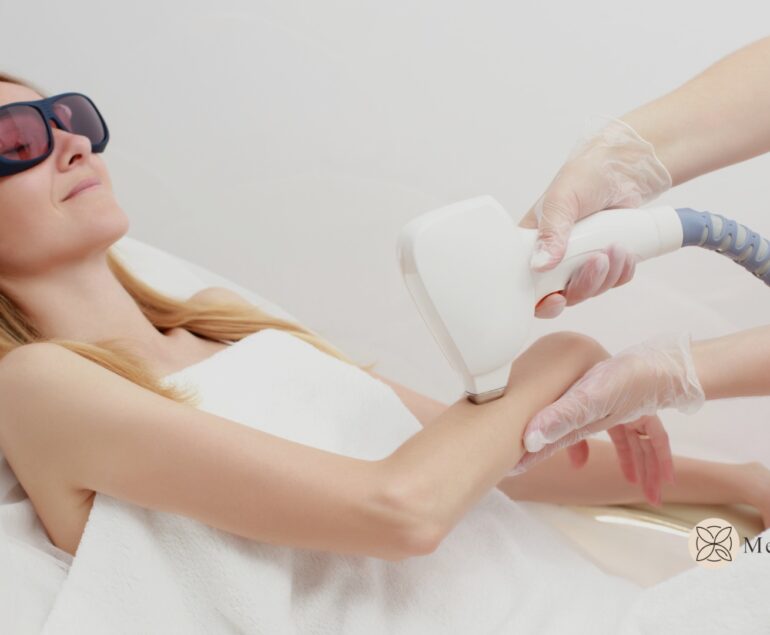Permanent and Non-Permanent Thread Lifts
As the quest for eternal youth continues to captivate our imagination, the field of cosmetic procedures has evolved to offer a wide array of options for achieving a more youthful appearance. Thread lifts have emerged as a popular choice among those seeking a non-surgical facelift. In this blog, we will explore the world of thread lifts, focusing on the key differences between permanent and non-permanent thread lifts.
What is a Thread Lift?
A thread lift is a minimally invasive cosmetic procedure designed to lift and tighten sagging facial skin. This treatment involves inserting thin, dissolvable threads under the skin’s surface to create a subtle, yet rejuvenating effect. Thread lifts can address common signs of aging such as sagging jowls, drooping brows, and loose neck skin, providing a more youthful and refreshed appearance.
Thread lifts are suitable for individuals looking to combat mild to moderate skin laxity without the need for surgery. The main distinction between different thread lifts lies in their longevity: permanent thread lifts and non-permanent thread lifts.
Permanent Thread Lifts
Permanent thread lifts, as the name suggests, offer long-lasting results. These treatments involve the insertion of non-absorbable, barbed sutures under the skin to physically lift and hold the tissue in place. Over time, these threads stimulate collagen production, further enhancing the skin’s firmness and elasticity. One of the most well-known permanent thread lift brands is Silhouette InstaLift.
Key Features of Permanent Thread Lifts:
Long-Lasting Results: Permanent thread lifts can provide results that last for several years, making them an attractive option for those seeking a more enduring solution to facial sagging.
Barbed Threads: The threads used in permanent thread lifts are equipped with tiny, biocompatible barbs that anchor the skin, ensuring immediate lift and long-term improvement.
Collagen Stimulation: Over time, permanent threads stimulate collagen production, contributing to a more youthful appearance.
Non-Permanent Thread Lifts
Non-permanent thread lifts, on the other hand, offer temporary improvements. These procedures utilize threads made of absorbable materials, such as polydioxanone (PDO), which gradually dissolve over time. This temporary nature can be appealing to those who want to try out the treatment without committing to long-lasting results. Popular non-permanent thread lifts include the NovaThread and Aptos Thread Lift.
Key Features of Non-Permanent Thread Lifts:
Temporary Results: Non-permanent thread lifts offer a less permanent solution. The effects typically last anywhere from 6 months to 2 years, depending on the type of threads used and individual factors.
Absorbable Threads: The threads in non-permanent lifts are made of materials that break down in the body over time, eliminating the need for thread removal.
Low Risk: Non-permanent thread lifts are generally considered low risk since the threads eventually dissolve, leaving no permanent changes.
Which Thread Lift Is Right for You?
The choice between permanent and non-permanent thread lifts depends on your individual goals, expectations, and risk tolerance. Here are some factors to consider:
Longevity: If you desire long-lasting results and are willing to accept a slightly higher level of risk, permanent thread lifts may be the better choice.
Trial Period: If you’re unsure about thread lifts and want to test the waters, a non-permanent thread lift is a good starting point due to its temporary nature.
Budget: Permanent thread lifts are generally more expensive than their non-permanent counterparts, so budget considerations are important.
Medical History: Your medical history and any underlying health conditions may impact your eligibility for either type of thread lift. It’s crucial to consult with a qualified medical professional to determine the most suitable option for you.
Conclusion
Thread lifts offer a non-surgical solution for individuals seeking facial rejuvenation. Whether you opt for a permanent or non-permanent thread lift, the decision ultimately depends on your preferences, goals, and consultation with a knowledgeable medical professional. Regardless of your choice, thread lifts can provide a more youthful, lifted appearance without the need for invasive surgery, making them an attractive option in the ever-evolving world of cosmetic procedures. Contact Us Now!
FAQ's
What is a thread lift?
A thread lift is a minimally invasive cosmetic procedure that uses barbed threads to lift and tighten the skin. The threads are inserted under the skin through small incisions, and then pulled to lift the desired area. Thread lifts can be used to treat sagging skin in the face, neck, and jowls.
What are the different types of thread lifts?
There are two main types of thread lifts: permanent and non-permanent. Permanent thread lifts use threads made of materials such as polylactic acid (PLA) or polydioxanone (PDO), which are gradually absorbed by the body over time. Non-permanent thread lifts use threads made of materials such as barbed sutures or cones, which are eventually removed by the body.
Which type of thread lift is right for me?
The best type of thread lift for you will depend on your individual needs and goals. If you are looking for a long-term solution to sagging skin, then a permanent thread lift may be right for you. If you are looking for a shorter-term solution, or if you are not sure if you are ready for a permanent procedure, then a non-permanent thread lift may be a better option.
What are the benefits of a thread lift?
Thread lifts offer a number of benefits over other cosmetic procedures, such as facelifts and neck lifts. They are minimally invasive, require little downtime, and are less expensive than other procedures. Thread lifts can also be used to treat smaller areas of sagging skin, which may not be possible with other procedures.
What are the risks and side effects of a thread lift?
Thread lifts are generally safe, but there are some risks and side effects associated with the procedure. These can include bruising, swelling, pain, and infection. In rare cases, the threads may break or migrate under the skin.




